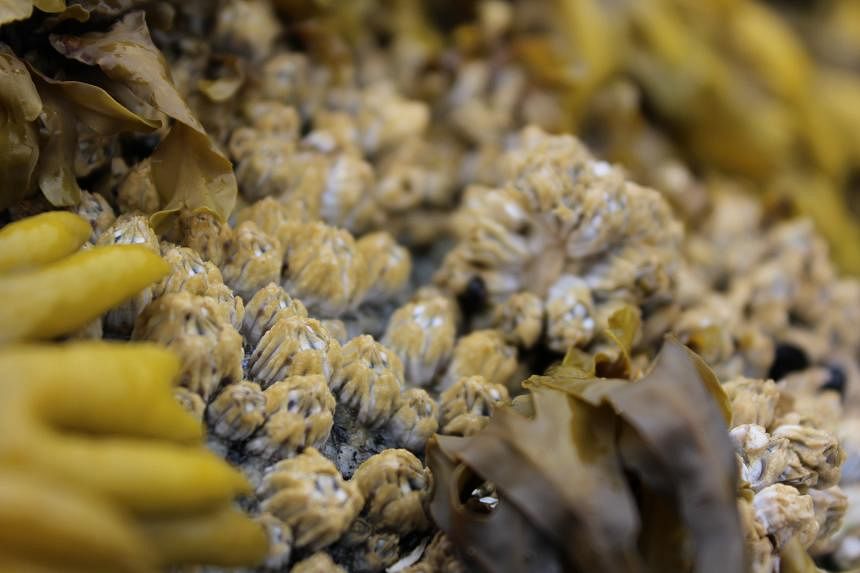FLORIDA – Barnacles found on a piece of plane debris might hold the key to discovering what happened to MH370, the Malaysia Airlines flight that disappeared in 2014.
MH370 might have drifted “far south” of where previous models have speculated, according to research published in AGU Advances, which analysed barnacles found on a flaperon – the moving part of a wing – which washed up on Reunion, a French island in the Indian Ocean.
Flight 370 departed from Kuala Lumpur on March 8, 2014, with an intended destination of Beijing. But it lost contact with air traffic control less than an hour after take-off, when the plane was over the South China Sea, and was never seen again.
All 227 passengers and 12 crew members are presumed dead.
A four-year search for the flight included the use of submersible vehicles, drift modelling, and sonar imaging. While the plane was never found, pieces of wreckage have been picked up across the Indian Ocean.
By studying how the barnacles’ shells have formed, researchers have been able to work out the surface temperatures of the seas where they have been. This provides important information in the search for MH370.
“The flaperon was covered in barnacles and as soon as I saw that, I immediately began sending e-mails to the search investigators because I knew the geochemistry of their shells could provide clues to the crash location,” said Dr Gregory Herbert, an associate professor at the University of South Florida, who co-authored the research.
“Sadly, the largest and oldest barnacles have not yet been made available for research, but with this study we’ve proven this method can be applied to a barnacle that colonised on the debris shortly after the crash to reconstruct a complete drift path back to the crash origin.”
Government-led searches for the plane ended in 2017. In 2018, a second search was done by Ocean Infinity, a private company, but suspended the same year after finding nothing.
In 2022, the company said it wished to recommence the search in 2023 or 2024, subject to approval from the Malaysian government. BLOOMBERG

